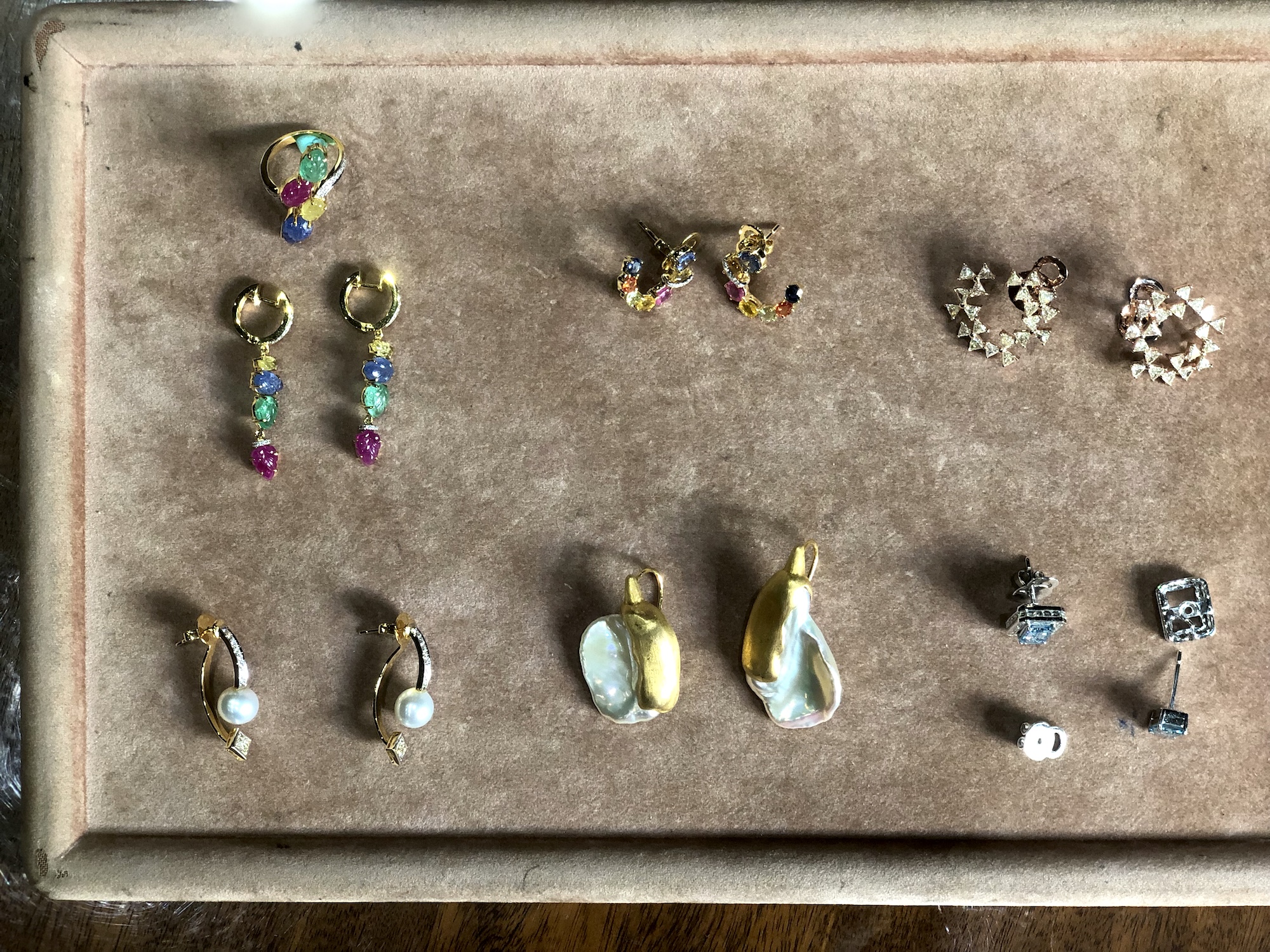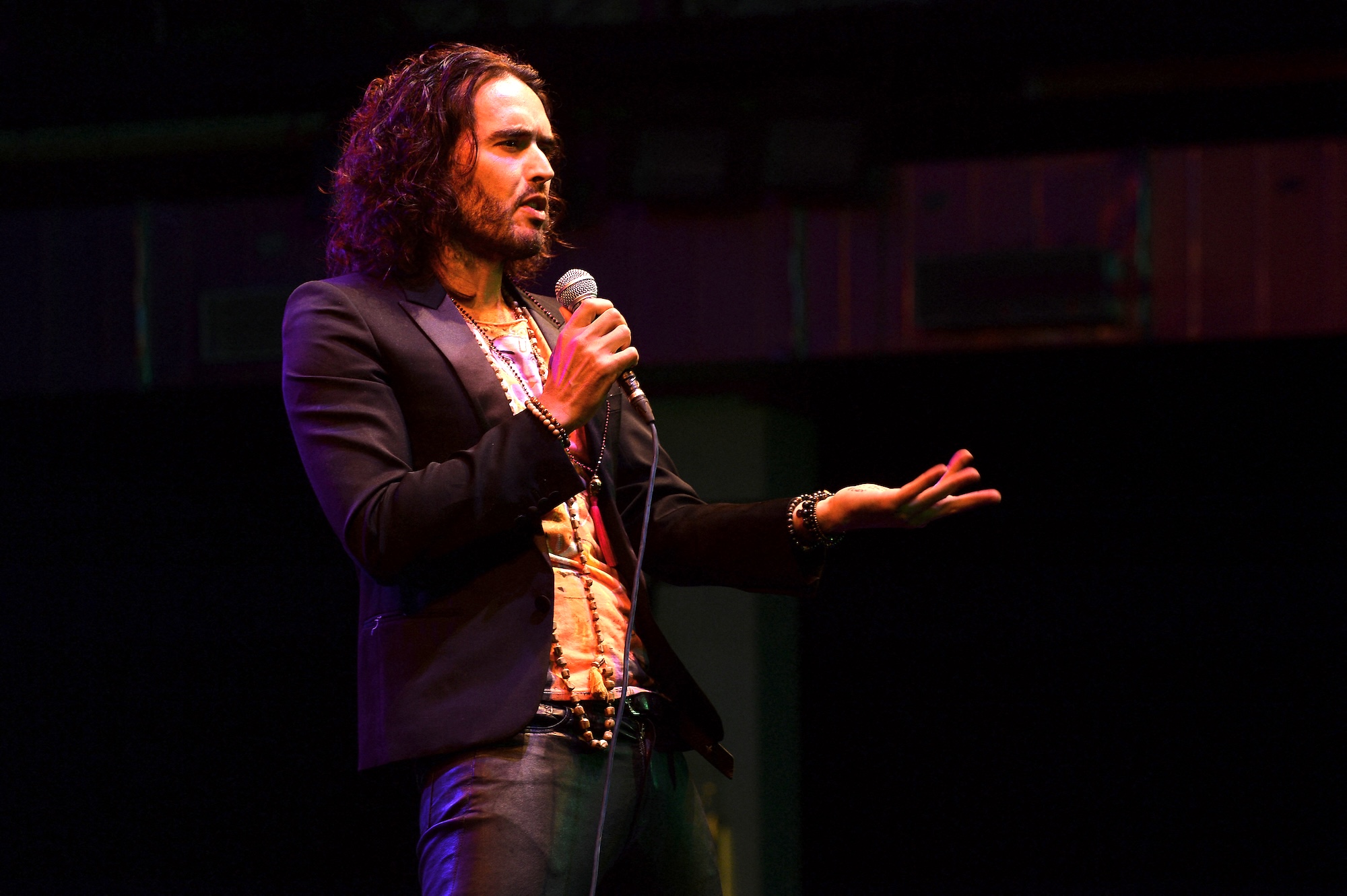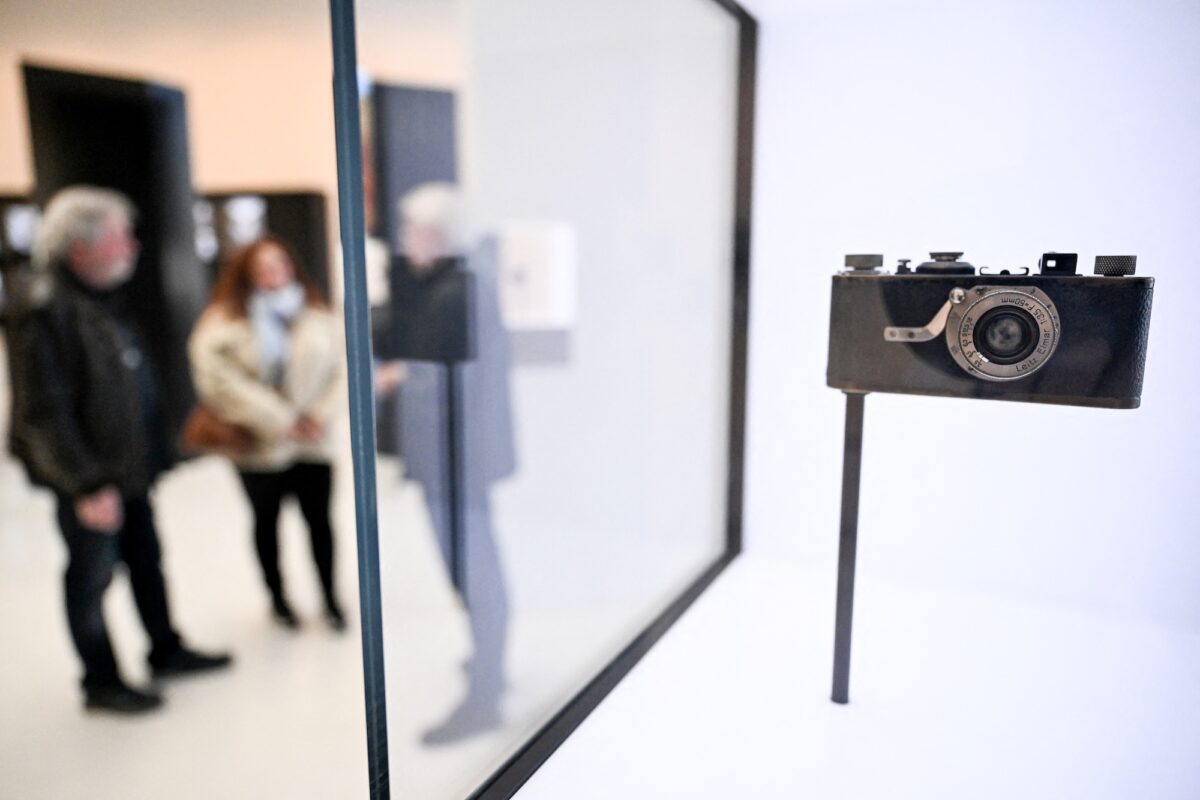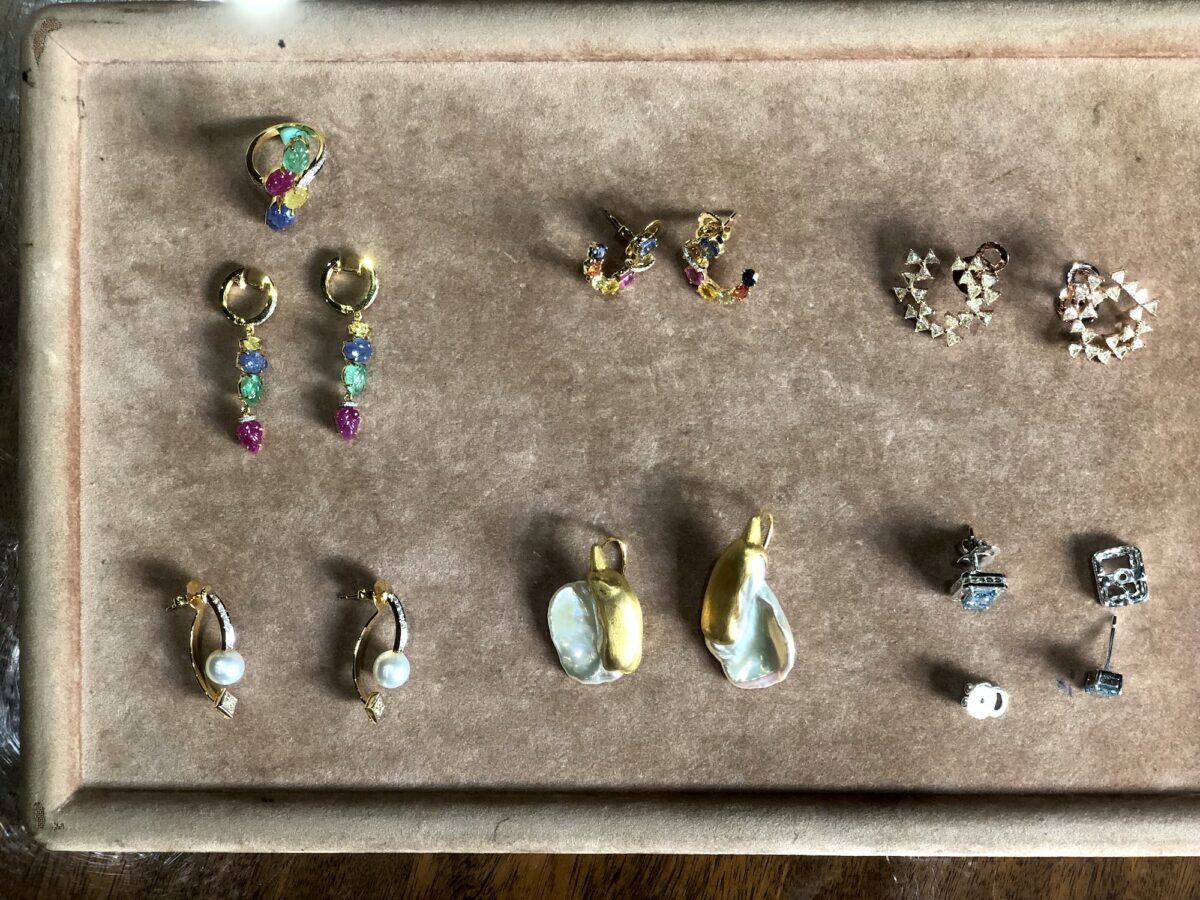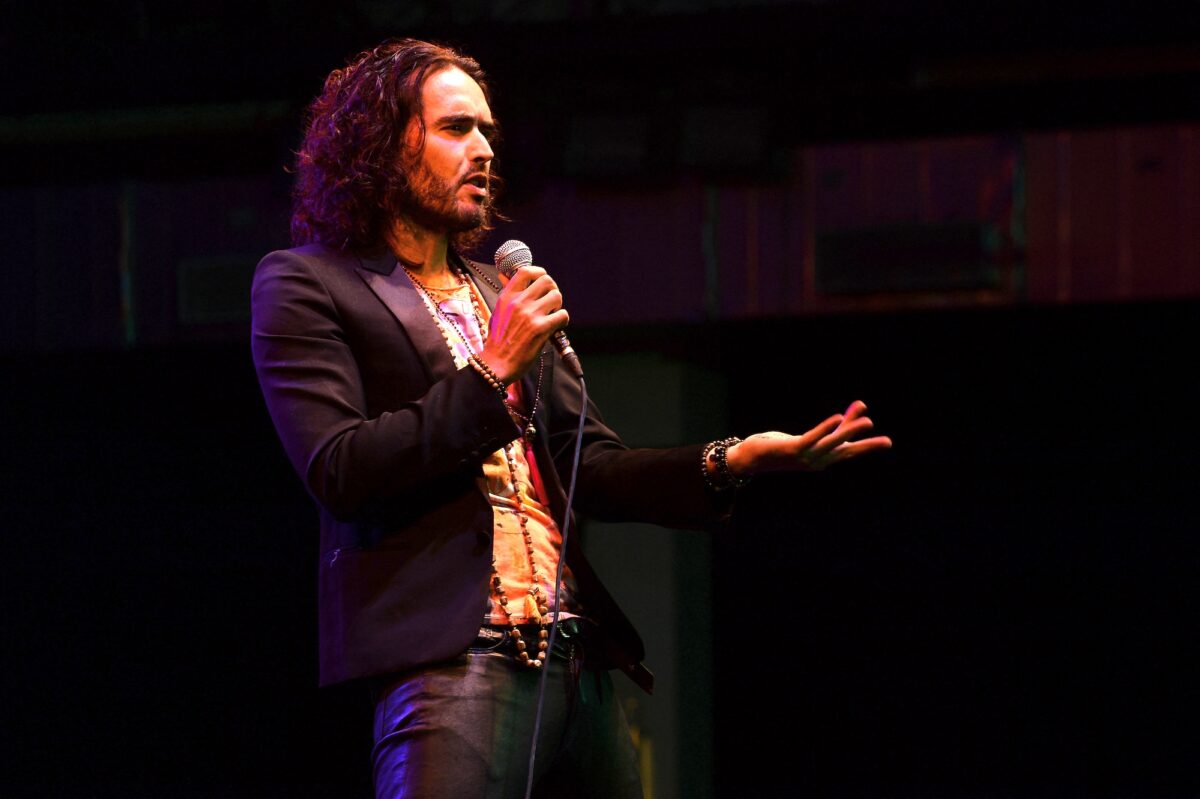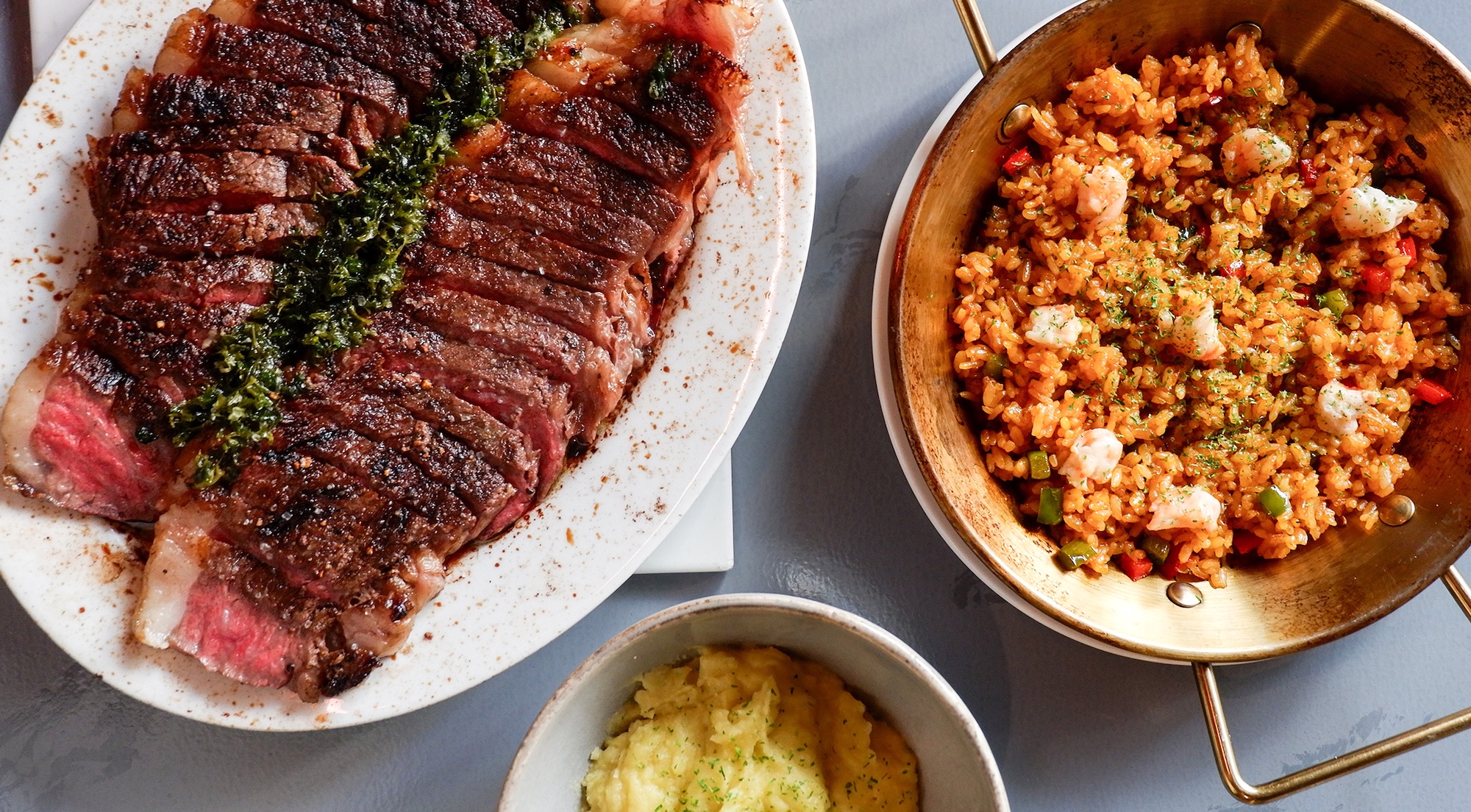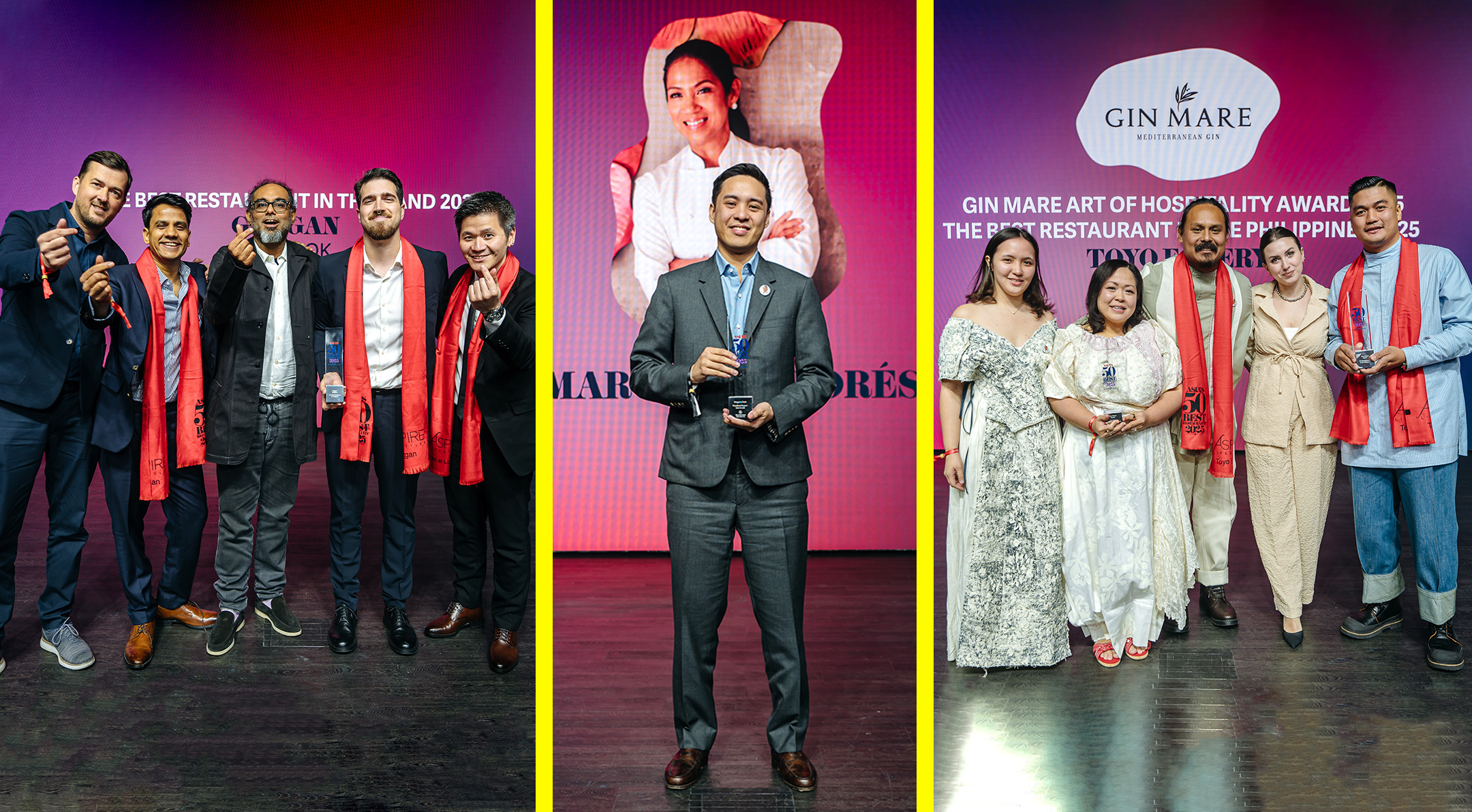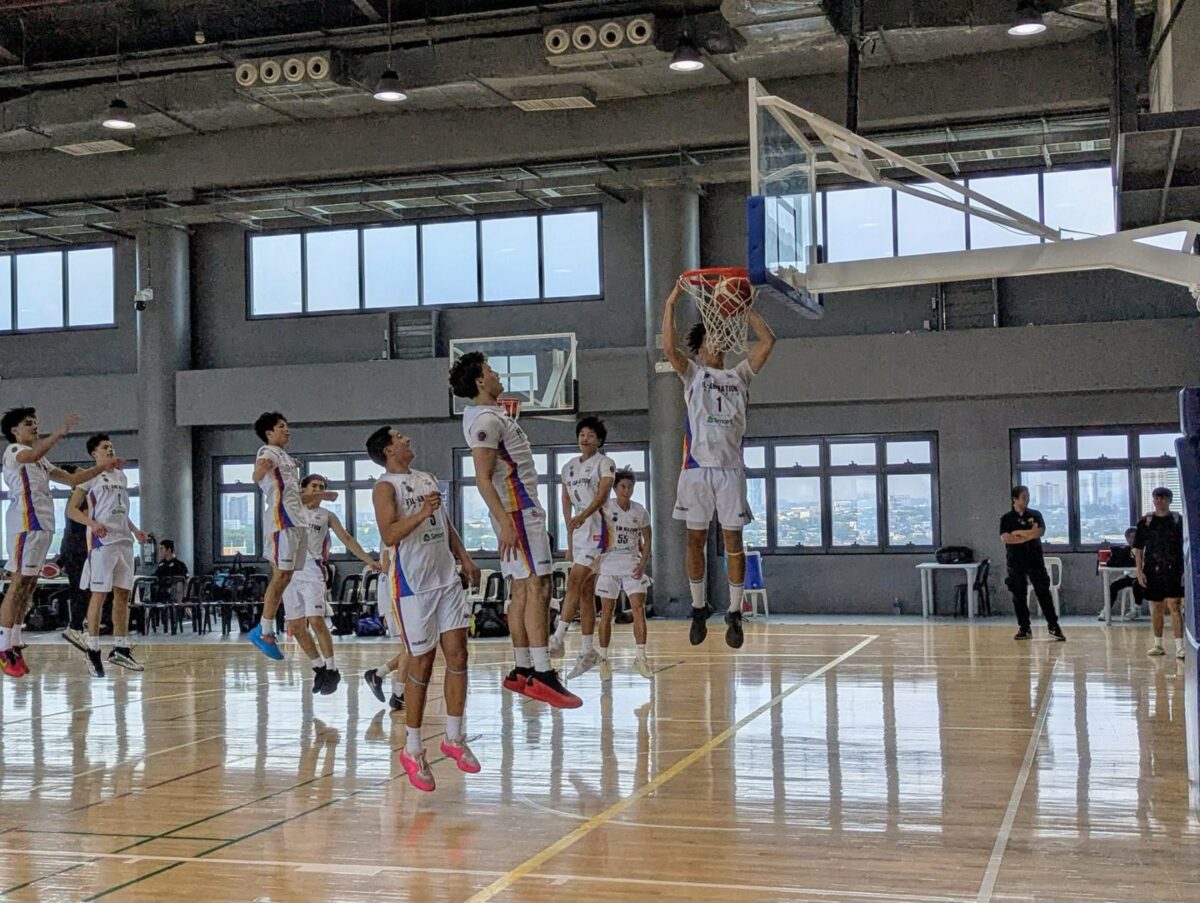Often overlooked, uniforms say a lot about you and your business: what your brand is, what service you can give ,and what type of working culture you instill. When customers enter a restaurant, the first people to greet them already set an impression—and the first thing customers notice is what they wear.
More than just clothing, there are crucial reasons why uniforms matter in the restaurant and hospitality industry. Here’s how it can create a community and a brand that goes beyond the walls of your restaurant.
The anatomy of a chef’s uniform
Before delving into how exactly uniforms can help build your brand, it’s important to understand what constitutes it. The chef’s uniform is traditionally composed of a hat, trousers, and a jacket. Aside from paying respects to the long tradition and history it possesses, every component—down to the buttons—holds meaning.
https://www.instagram.com/p/B2neuUKHJ2S/
The most distinguishable part of a chef’s uniform is the hat, which is more formally referred to as toque blanche (French term for “white hat”). These hats were already in use since the 16th century and have long been a symbol of knowledge, authority, and seniority level. The higher the hat, the more senior the chef is.
Rumor has it that chef Marie-Antoine Carême, cited as the founder of French gastronomy and pioneer of grande (haute) cuisine, had a hat that was 18 inches tall. A piece of cardboard had to be used to keep it upright. Even the pleats in the chef’s hat mean something—100 pleats are equivalent to the number of ways a chef can prepare eggs, indicating experience and mastery.
It was also said that due to their free thought, artisans (including chefs and cooks) during that period were imprisoned and executed so they took refuge in Orthodox churches. They wore the same clothing as priests, which include the high hats and long suits.
Chef hats in general prevent hair from falling on the food and control perspiration. The best ones are those made from breathable fabric. Other chefs, however, simply prefer a skull cap or a bandana, sometimes just using disposable food service hats or hair nets.
https://www.instagram.com/p/BkPSwURHRfM/
The chef’s jacket probably plays the most crucial role in a chef’s uniform. It has to be thick yet breathable to provide insulation and protection from hot splashes in the kitchen. Its reversible feature allows chefs to easily hide stains without having to change into a new one. Having it either long-sleeved (to protect from burns and cuts) or short-sleeved (to move the uniform out of the way) still maintains its functionality.
Its knotted cloth buttons also make it easier to remove the uniform in case of an accident involving hot oil or fire. Unlike metal or plastic buttons, knotted cloth buttons do not chip or easily fall off and can survive contact with hot surfaces such as pans, pots, and other heavy equipment.
The loose pants also prevent direct contact with accidental hot spills, compared to fit pants that easily transmit heat and liquid onto the skin. The houndstooth pattern is also utilized to hide stains, spots, and dirt better. The pants have to be tear-resistant as well as have strategically-positioned pockets. White is the universal color of a chef’s uniform because it denotes cleanliness in the kitchen. As much as the design and functionality of uniforms matter, maintaining and cleaning it is just as important.
https://www.instagram.com/p/Ba0MSlnhZPT/
Brand identity
A uniform is basically a wearable marketing advertisement. From its color and design to its structure, it already builds recall among your customers. The association that follows afterwards should connect with the rest of the brand.
Whether it’s the servers wearing a coat and tie or employees wearing a simple shirt and pants, uniforms help set the tone of your establishment. It segments what’s formal dining from casual dining, what’s private fine dining from a busy fast food chain. Imagine switching those two sets of uniforms. Would it speak well about your restaurant and stay consistent with your brand identity?
Since consistency is key in longevity, the way you present your staff through their clothing must be able to tell a story. Some restaurants, particularly those serving Japanese cuisine, change their uniforms as the seasons shift, with both their ingredients (and their staff uniforms) reflecting the warm colors of autumn or the cool tones of winter.
https://www.instagram.com/p/BRC2zGzBpOJ/
With a clean, decent uniform, you’re creating a brand that’s consistent and recognizable. Uniforms can be a reminder of the kind of dining experience your restaurant can provide; it will also uphold the name of your food and service quality. If you’re going to have walking publicity, then why not invest in these multipurpose garments?
Customer satisfaction
Having your employees wear something functional, durable, and breathable can improve their overall performance and efficiency—which can determine customer satisfaction.
Being in uniform also allows your customers to easily identify your staff, especially when the former needs something. This saves customers from the hassle of having to look around for people to assist them when they could be savoring what you’ve prepared for them on the table.
Uniforms remind restaurant staff that they’re part of a team, that they’re working towards a common goal of providing the best service that they can.
Uniforms also reflect your values as a business; namely, they say a lot about how seriously you take customer service. How much do you pay attention to cleanliness? Are the uniforms crisp and neat? Customers wouldn’t want to be served by people with grubby appearance. For, how can they be sure that the food that reaches them is safe and clean?
Employee motivation
Who wouldn’t want to ensure that they appear professional in front of their customers? As working professionals, uniforms identify employees with their designation, whether as front-of-house or kitchen staff.
Because their role is made evident through uniforms, they are more likely to work harder and efficiently as it carries the integrity of the brand they’re working for. Uniforms remind restaurant staff that they’re part of a team, that they’re working towards a common goal of providing the best service they can.
Once the uniform is on, the full course of the service is your staff’s hands and they are now expected to meet a certain set of criteria. It automatically refocuses their mind into work, their self-programmed mannerisms (such as taking orders, preparing dishes, noting inventory) can operate naturally. It’s as if they’re part of a carefully orchestrated theater production—there’s confidence, leadership, and accountability in every move.

